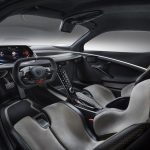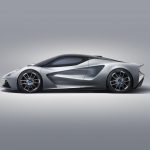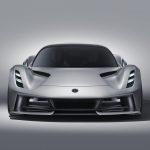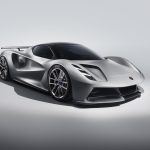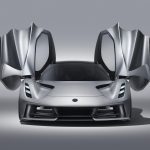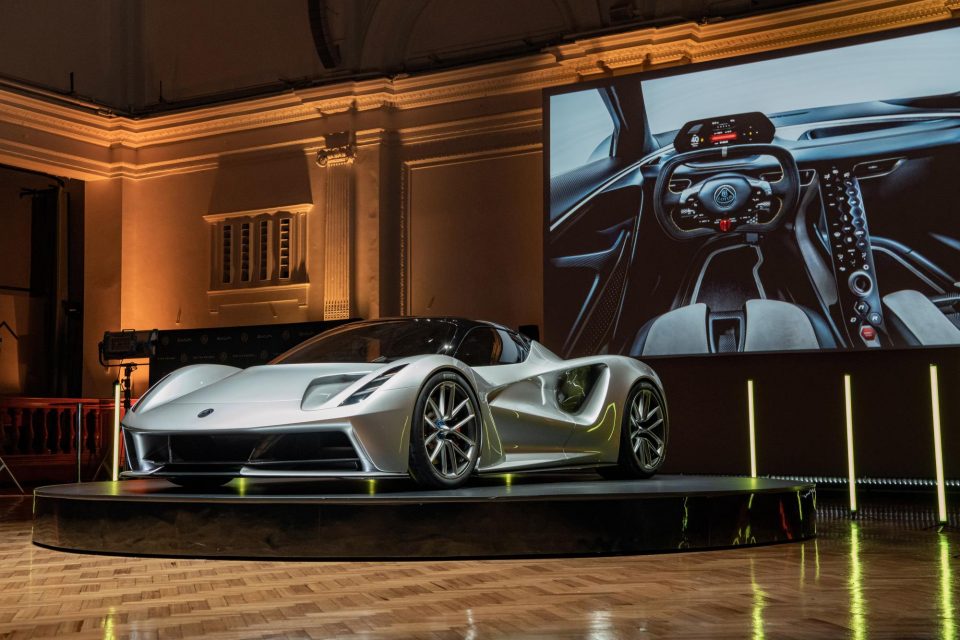
Earlier this week Lotus unveiled the Evija, (pronounced ‘E-vi-ya’). the world’s first all-electric British hypercar, at an exclusive event at the Royal Horticultural Halls, Victoria, London.
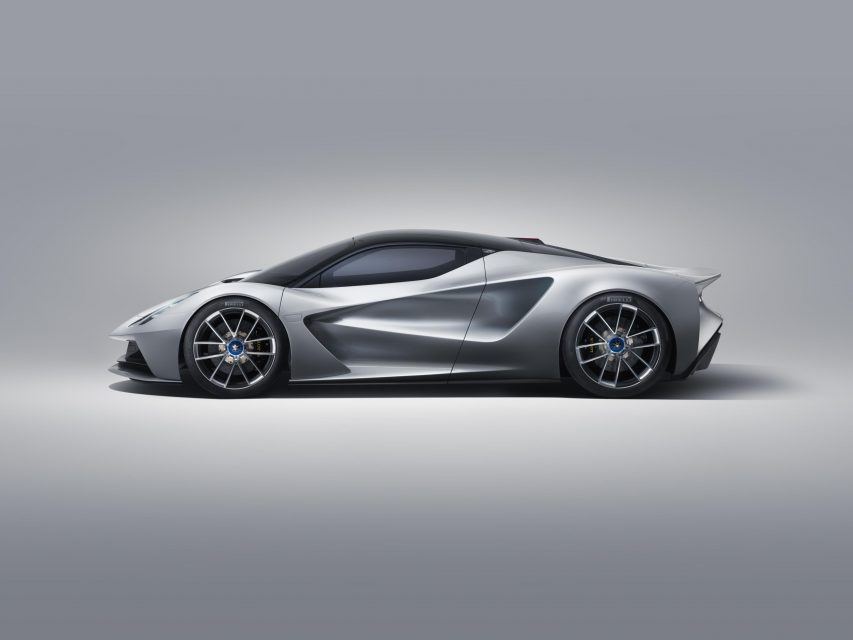
The world’s first fully electric British hypercar, the all-new Lotus Evija, has now been revealed. With a target power output of 2,000 PS, it sets new standards in terms of advanced EV engineering. Quite simply, the Lotus Evija is the most powerful series production road car ever built.
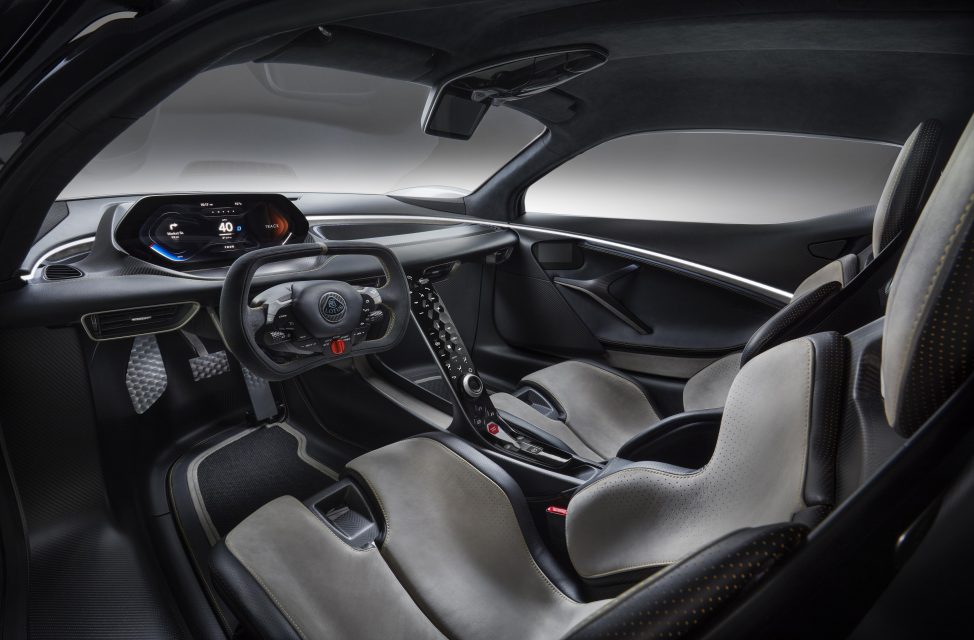
Production will be limited to not more than 130 examples, making it among the most exclusive cars ever launched. It’s a figure set in tribute to the car’s project code, Type 130.
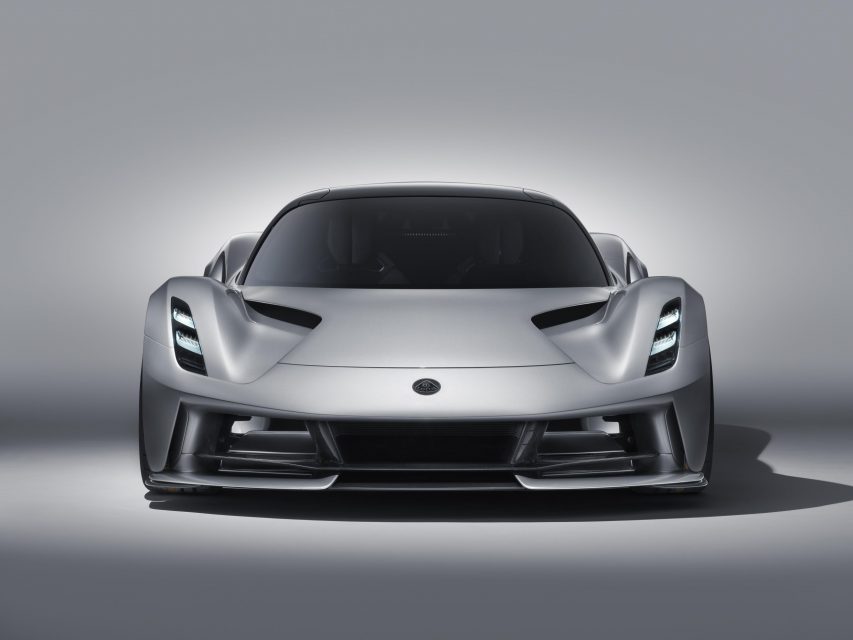
Hethel, close to the historic city of Norwich in the east of England, UK, has been the home of Lotus since 1966. The company has confirmed production of the Evija will begin there during 2020.
About the car
The Evija is the first Lotus road car to feature a one-piece carbon fibre monocoque chassis.
At the heart of the Evija is an ultra-advanced all-electric powertrain. It has been developed with technical partner Williams Advanced Engineering, famed for success in motorsport, from Formula One to electrifying the first four seasons of Formula E. The battery pack is mid-mounted immediately behind the two seats and supplies energy directly to four powerful e-motors. This highly efficient system is the lightest, most energy dense, electric power package ever fitted to a road car. With a target weight of just 1,680 kg, it will be the lightest pure electric hypercar ever to go into series production.
Engineered for precise and sustained performance, the Evija has five driving modes – Range, City, Tour, Sport and Track. It can race from 0-62 mph (0-100 km/h) in under three seconds and accelerate to a top speed of more than 200 mph (0-320 km/h).
The Evija is priced from £1.7m plus duties and taxes. A £250,000 deposit secures a production slot.
Lotus Evija: The facts
| NOTE: THESE ARE TARGET SPECIFICATIONS | |
| Name | Lotus Evija (Type 130) |
| Powertrain | Pure electric, 4WD |
| Power | The target is to be the most powerful production car in the world, at 2,000 PS |
| Battery power | 70 kw/h / 2,000 kW |
| Torque | 1,700 Nm with torque vectoring |
| 0-100 km/h (0-62 mph) | Under three seconds |
| 0-300 km/h (0-186 mph) | Under nine seconds |
| Max speed | In excess of 200 mph (320 km/h) |
| All-electric range (WLTP Combined) | 250 miles (400 km) |
| Charging time (350kW charger) | 18 mins |
| Weight | 1,680 kg |
| Production run | Maximum of 130 cars |
| Overall dimensions (L/W/H) | 4,459 / 2,000 / 1,122 mm |
| Price | From £1.7m + duties and taxes |
| Reservation process | £250k deposit secures a production slot |
| Start of Production | 2020 |
Lotus history of Type numbers
- Type 14: the world’s first composite monocoque production road car (Elite, 1957)
- Type 25: the world’s first fully-stressed monocoque F1 car, and the first Lotus to win F1 world championship (1963)
- Type 72: the most successful F1 car of all time and the blueprint for F1 car design for many years (Championship winner in 1970, 1972 and 1973)
- Type 78: the world’s first ‘ground effect’ F1 car (1977)
- Type 88: the world’s first carbon fibre F1 car (1981)
- Type 92: the world’s first active suspension F1 car (1983)
- Type 111: the world’s first aluminium and bonded extrusion construction production car (Lotus Elise, 1995)
- Type 130: the Lotus Evija, the first fully electric British hypercar (2019)








